German Artist
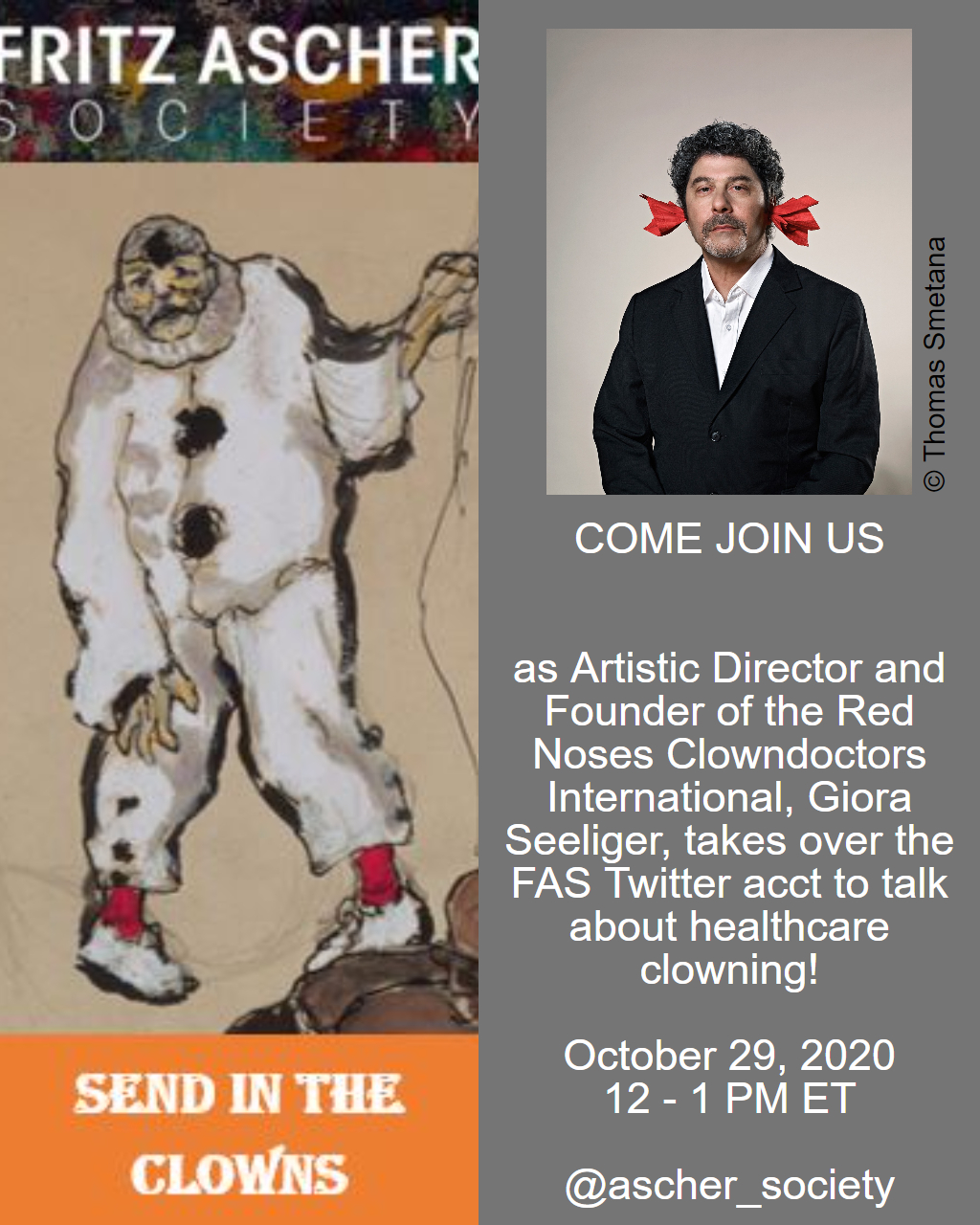
Twitterview @Ascher_Society
Giora Seeliger
“Ask A Healthcare Clown!”
1014 - space for ideas
1014 5th Avenue, New York, New York, NY, United States
Twitter @Ascher_Society Giora Seeliger, Artistic Director and Founder of Red Noses Clowndoctors International, takes over the FAS Twitter account to answer your burning questions about clowning, the role of a healthcare clown, and anything else that comes to mind! Submit your questions in advance by writing to info@fritzaschersociety.org Part of "Send in the Clowns," an interactive two-week digital initiative, which explores the clown as a figure between tragedy and comedy, between self- identification and stage--a character designed to (literally) mask the performer’s true feelings behind a facade of happiness. “Send in the Clowns” uses the prominence of the “clown” figure in Fritz Ascher’s work as a lens through which to explore the duality of the clown both historically and today. [...]
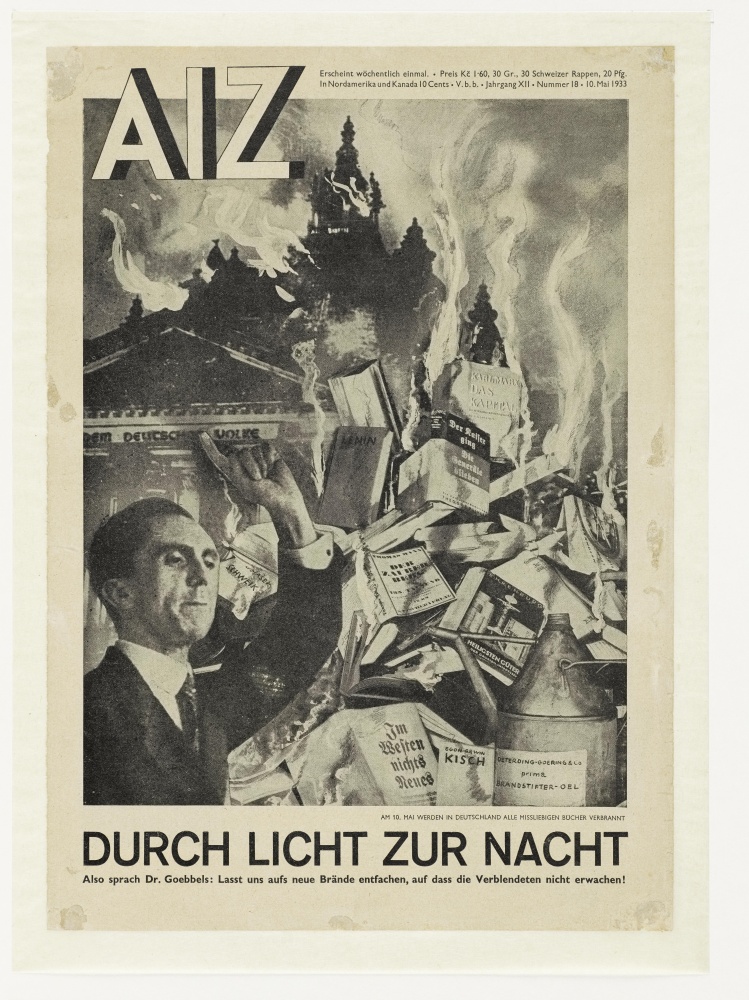
John Heartfield (1891-1968)
His Political Engagement and Private Life in London
Rosa von der Schulenburg, Berlin
1014 - space for ideas
1014 5th Avenue, New York, New York, NY, United States
WATCH THE RECORDING OF THIS EVENT HERE. Lecture featuring Rosa von der Schulenburg, Head of the Art Collection of the Academy of Arts in Berlin Moderated by Rachel Stern, Executive Director of the Fritz Ascher Society in New York John Heartfield (1891-1968) was a German visual artist who pioneered the use of art as a political weapon. This presentation starts with preliminary remarks about John Heartfield’s bequest in the Akademie der Künste in Berlin and shows how it is accessible nowadays. A short introduction of how all began follows, showing the background of the birth of Heartfield’s political photo-montages (World War I, Dada, Communist Party, Willi Münzenberg’s Die Arbeiter-Illustrierte-Zeitung in short AIZ), glances at Heartfield’s first exile stage in Prague and then focuses on [...]
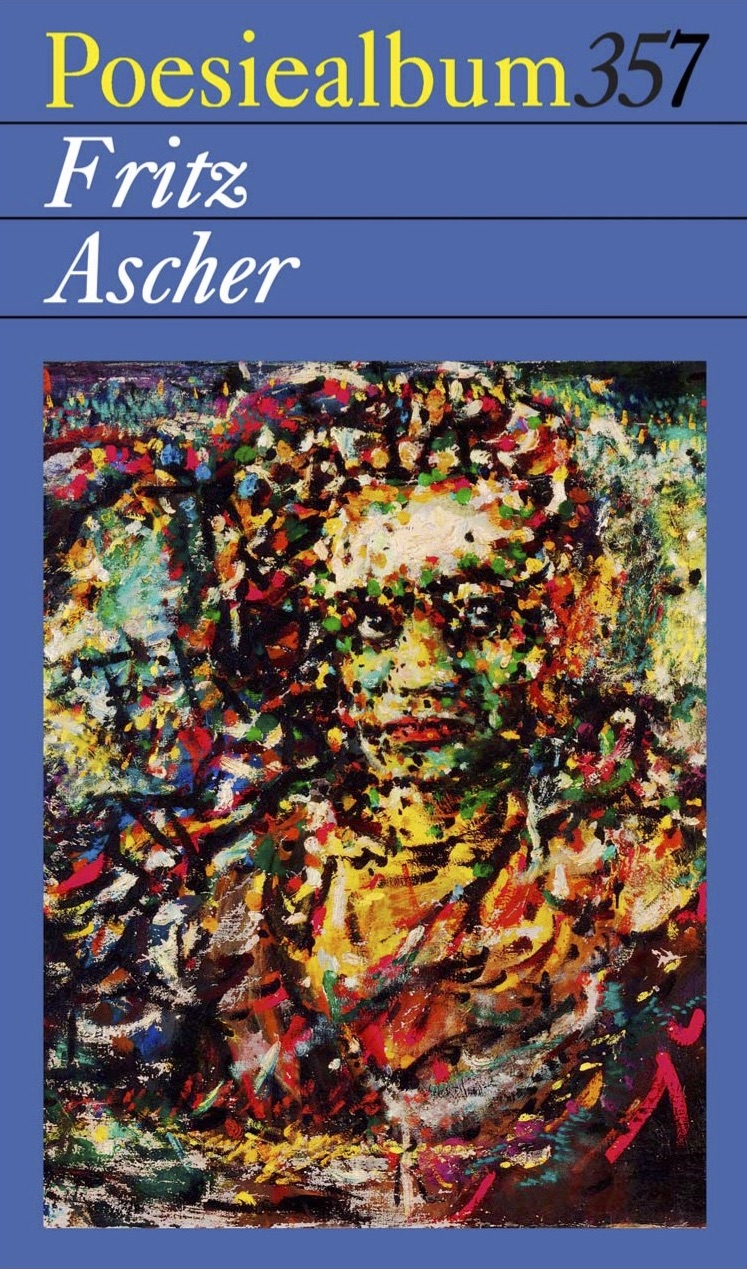
“Narr der ich bleib…”
Poems and Artwork by Fritz Ascher
Preview of “Poesiealbum” by Märkischer Verlag
Forum Jacob Pins
Westerbachstr. 35-37, Höxter, NY, Germany
Reading of Poems by Stephan Weigelin and Reflexion on Artwork by Julia Diekmann The event previews a "Poesiealbum" of Fritz Ascher’s poems, which will be published in December 2020 by Märkischer Verlag Wilhelmshorst, in the series “Ostracized Poets – Burned Books.” "Fritz Ascher's poetic voice rises at a time when his artistic voice is forced to fall silent. Fear of death, hunger and immobility, isolation and loneliness are his daily reality. In this situation he writes poems in which he shares his thoughts and innermost feelings and creates unpainted pictures. Ascher's poems are authentic, tender and powerful, and live from the expressive, creative use of language." Rachel Stern "... we can now safely include him in our canon of [...]
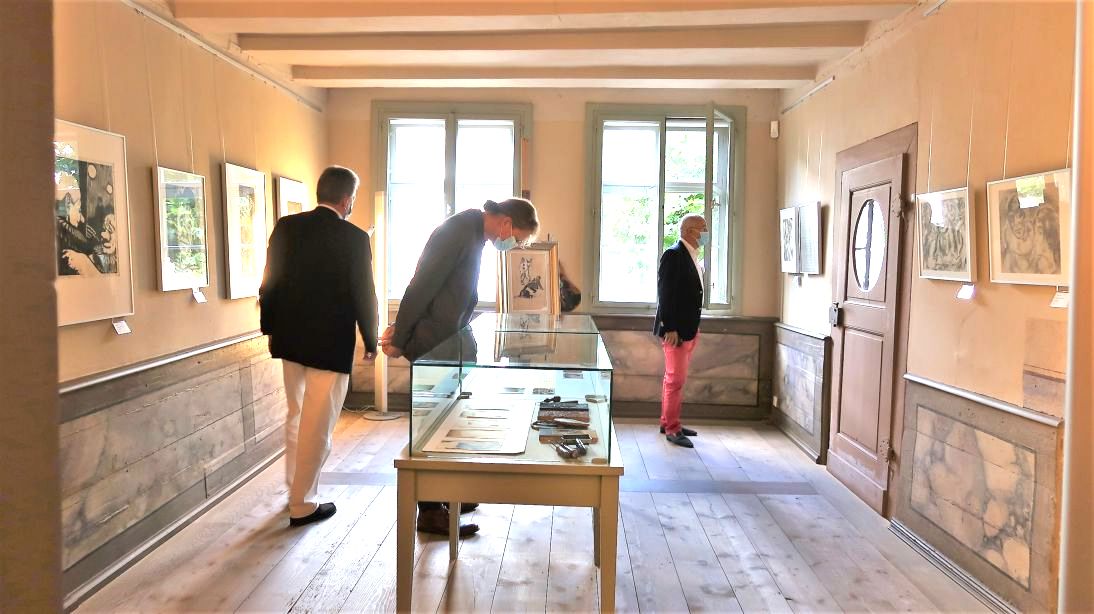
Kunstpause
Guided Tour through the Exhibition
“The Loner. Clowns in the Art of Fritz Ascher”
by Curator Julia Diekmann, Höxter (Germany)
Forum Jacob Pins
Westerbachstr. 35-37, Höxter, NY, Germany
Exhibition curator Julia Diekmann guides through the exhibition. Whether in dramatic context or as individual figure, the clown always plays the role of the outsider, of the one opposite the many. He is laughed at and ridiculed, is the fool, despised, and humiliated, always operating from the margin. In Ascher’s work, the figure of the clown, the Bajazzo, appears first around 1916. It becomes a lifelong interest, expressed in paintings, drawings, lithographs and poems. Based on the opera I Pagliacci by Ruggero Leoncavallo (1857-1919), which was popular in the 1920s, Ascher creates both dramatic scenes of the tragic love burlesque and studies of the Bajazzo, the Pagliaccio or clown as a single figure. The intensity in the artistic expression of the figure, [...]
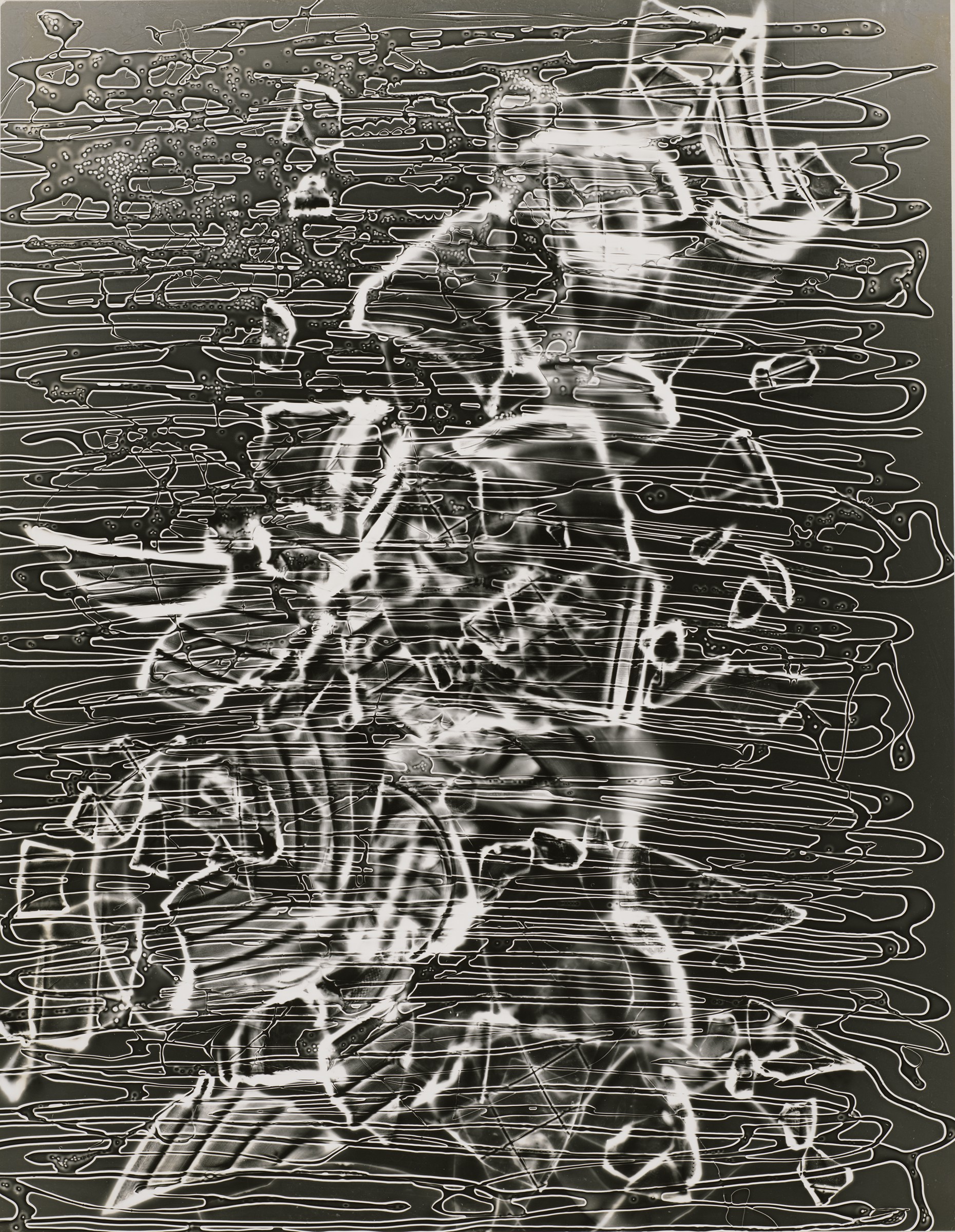
White Shadows:
The Photograms of Anneliese Hager (1904-1997)
Lynette Roth, Harvard Art Museums
1014 - space for ideas
1014 5th Avenue, New York, New York, NY, United States
Lecture by Lynette Roth Daimler Curator of the Busch-Reisinger Museum and Head of the Division of Modern and Contemporary Art at the Harvard Art Museums Moderated by Rachel Stern Executive Director of the Fritz Ascher Society in New York Anneliese Hager (1904-1997) is one of a number of modern artists who began their artistic experimentation in Germany after National Socialist cultural policy began to harden against all forms of modern art. Her preferred medium was the photogram, a photographic image made by placing an object directly on (or in close proximity to) a light-sensitive surface and exposing it to light. Hager called the reversal of light and dark in the resulting contact print “white shadows.” [...]
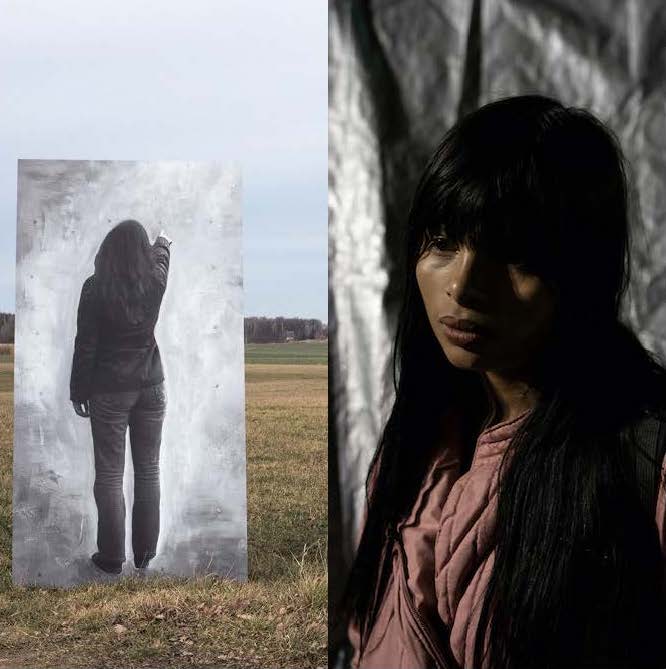
Memory, Empathy and Image:
The Art of Luise Schröder (Germany)
and Kitra Cahana (Canada)
1014 - space for ideas
1014 5th Avenue, New York, New York, NY, United States
Discussion with artists Luise Schröder (Germany) and Kitra Cahana (Canada) Moderated by Ori Z Soltes, PHD Teaching Professor at Georgetown University in Washington DC Introduced by Rachel Stern Director and CEO of the Fritz Ascher Society in New York NY This program explores the work of two young artists -- Kitra Cahana, from Canada; and Luise Schroeder, from Germany -- whose photography, documentary filmmaking and other work have been informed by an acute awareness of the myriad complications that have beset diverse individuals and groups within the complexities of the twentieth- and twenty-first-century world. Their inspirational sources range from the Holocaust to the Black Lives Matter movement as, in similar and yet very different ways, they [...]
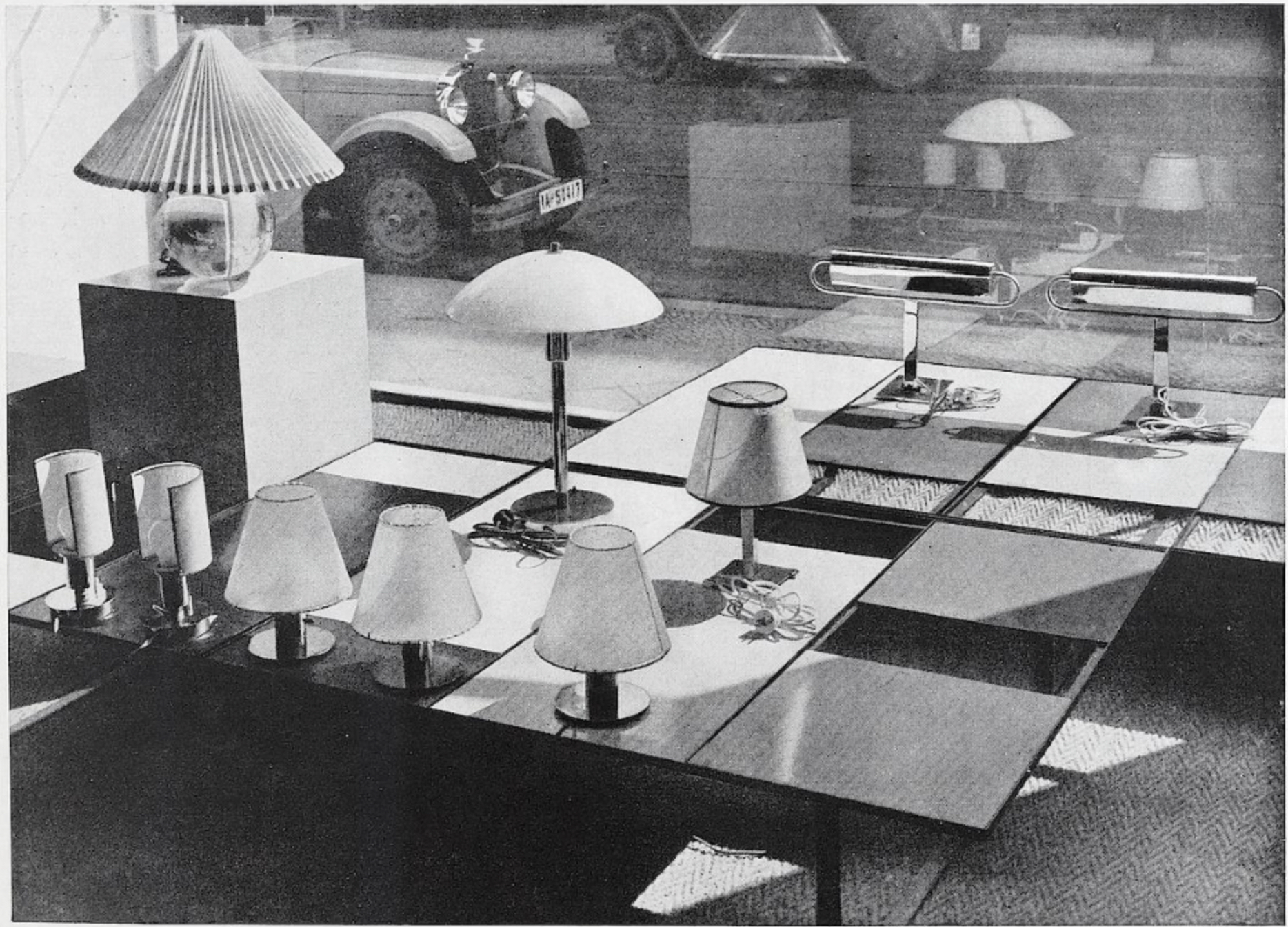
The Missing Archive:
Bauhaus Designers and the Holocaust.
Presentation by Elizabeth Otto, PhD, Buffalo, NY
ONLINE
VA, United States
Histories of Germany’s Bauhaus art and design school (1919–33) usually position it exclusively as a movement in exile as soon as the Nazis took power in 1933. In fact, the vast majority of its members remained and embraced Nazism, survived it, or became its victims. In this talk, art historian Elizabeth Otto scrutinizes traces of the work and lives of Bauhäusler who, through their imprisonment and often deaths in the concentration-camp system, have largely been lost to the history of the Bauhaus movement. Using archival sources—often scant materials preserved by family members and friends, including documents, photographs, and private memoirs—she reconstructs aspects of these artists’ work and lives and considers how to write the histories that Nazi violence has taken [...]
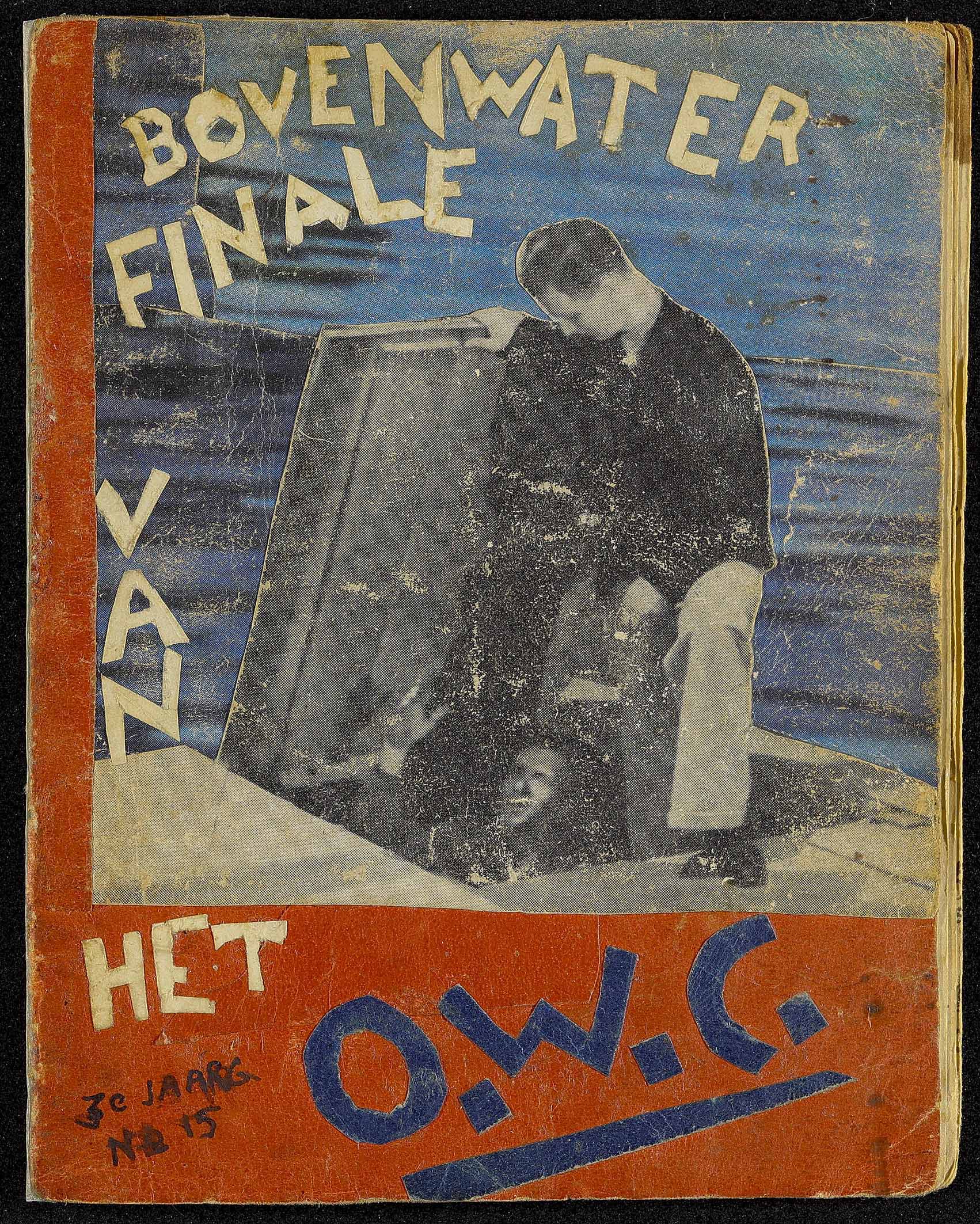
“My verses are like dynamite”
Curt Bloch’s Het Onderwater Cabaret
Presentation by Aubrey Pomerance, Berlin (Germany)
ONLINE
VA, United States
Under threat from Nazi antisemitism, the young Jewish lawyer Curt Bloch (1908–1975) fled Dortmund for the Netherlands in 1933. He went into hiding there in 1942 and emigrated to the United States after the war. In his hiding place, from August 1943 to April 1945 Bloch produced a magazine with the telling title Het Onderwater Cabaret – “The Underwater Cabaret.” Image above: Curt Bloch, Het Onderwater Cabaret 30 Aug 1943; Jewish Museum Berlin, Convolute/816, Curt Bloch collection, loaned by the Charities Aid Foundation America thanks to the generous support of Curt Blochʼs family Week by week, Curt Bloch created small-format booklets with artfully designed covers, containing a total of 483 handwritten poems in German and [...]

George Grosz (1893-1959):
The Stick Men
Presentation by Karli Wurzelbacher, PhD, Huntington (New York)
ONLINE
VA, United States
George Grosz (American, b. Germany, 1893–1959) created the “Stick Men” series in Huntington, where he lived from 1947 until shortly before his death. Featuring hollow figures in an apocalyptic landscape, this group of watercolors offers a searing indictment of humanity following World War II, the Holocaust, and the dropping of atomic bombs on Hiroshima and Nagasaki. Grosz was an internationally renowned German-born artist who remained invested in political art following his immigration to the United States in 1933. In the “Stick Men” series, he wrestles with the emergence of Abstract Expressionism and reaffirms the ability of painting to impact society. Image above: Detail of George Grosz (American, b. Germany, 1893–1959), The Grey Man Dances, 1949. Oil on canvas. George [...]
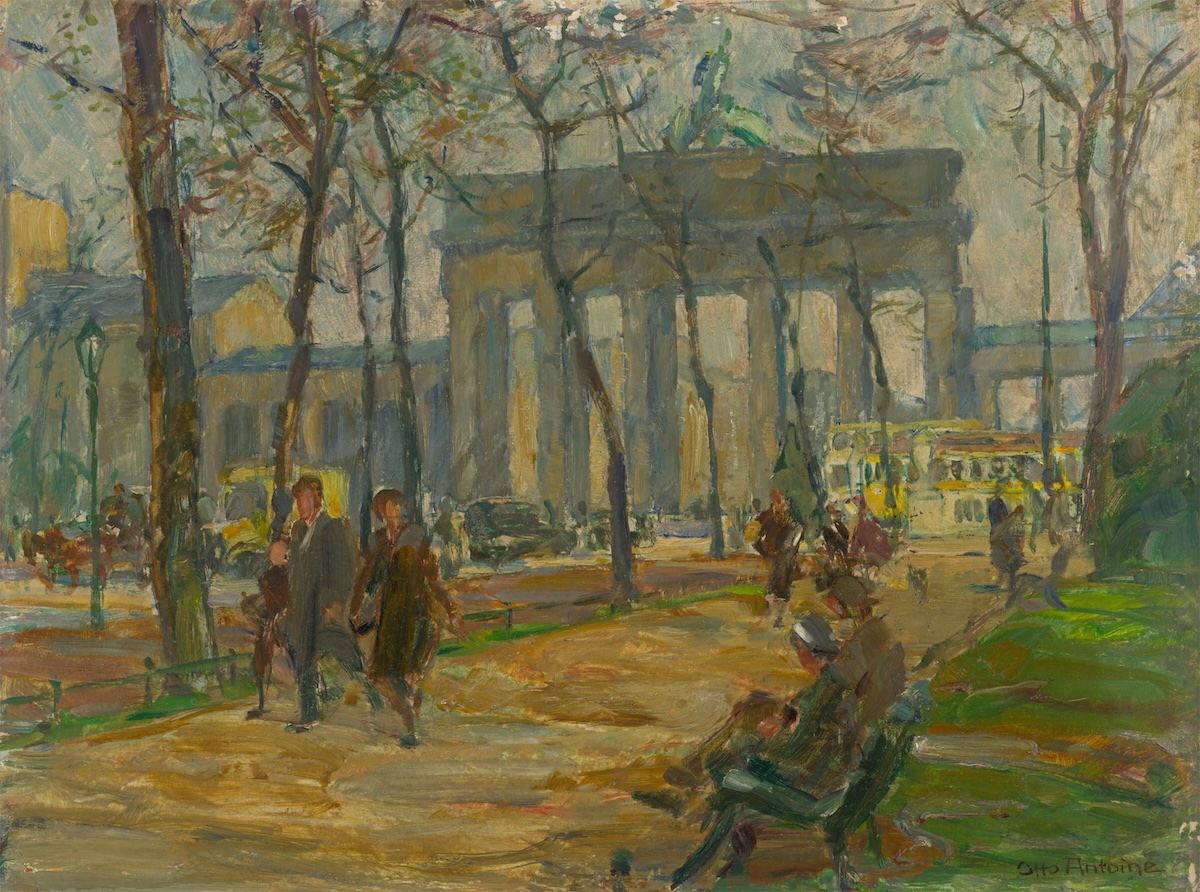
Otto Antoine (1865-1951): “The Painter of Berlin” between Compliance and Defiance
Presentation by Kathleen Langone and Q&A with Jacquelyn Delin McDonald
ONLINE
VA, United States
Kathleen Langone speaks about the German born painter Otto Antoine (1865-1951), followed by a conversation with Jacquelyn Delin McDonald from the University of Texas at Dallas. Image above: Otto Antoine, Brandenburg Gate, 1928. Oil on cardboard Antoine displayed an early artistic talent but, due to economic circumstances, started a long-term career as a civil servant, initially as a clerk at a local post office. His drawing abilities were soon recognized, and he increasingly was used as a painter, engraver and designer of stamps for the German postal service. They also sent him to many far-flung places outside of Germany (such as Africa) to paint bucolic landscapes of those countries, which were used to promote their [...]


